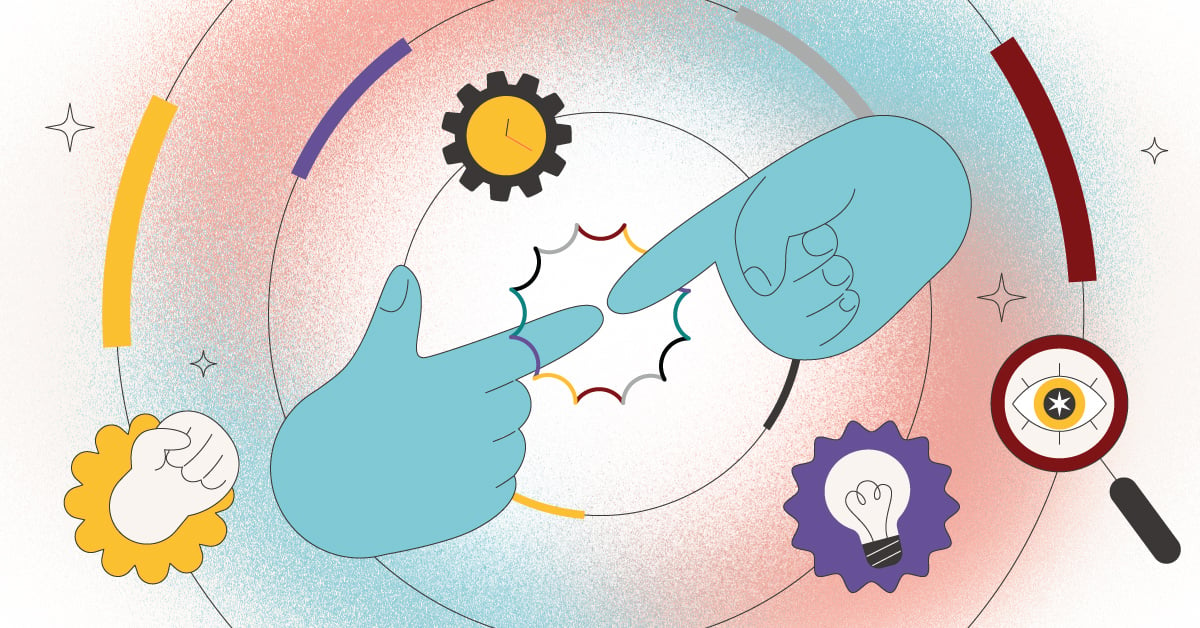![]() Looking for a new job can be a lot like buying a car. It can either be an invigorating, exciting experience or it can suck the lifeblood out of you. Depending on how prepared you are during your next job search, you can help determine which direction the job search goes for you. While assessments such as DISC can help explain “how” someone does what they do, it’s his or her underlying Driving Forces, also known as values or motivators, that explain “why” a person does what they do. Understanding the forces that truly drive behaviors can give a prospective employee true insight into what careers they are best suited as well as those that may not be a good personal fit.
Looking for a new job can be a lot like buying a car. It can either be an invigorating, exciting experience or it can suck the lifeblood out of you. Depending on how prepared you are during your next job search, you can help determine which direction the job search goes for you. While assessments such as DISC can help explain “how” someone does what they do, it’s his or her underlying Driving Forces, also known as values or motivators, that explain “why” a person does what they do. Understanding the forces that truly drive behaviors can give a prospective employee true insight into what careers they are best suited as well as those that may not be a good personal fit.
Conducting a job search with a plan
Sometimes we go into our job search without having a plan. Maybe there is an urgency to find a new position due to monetary needs or displeasure in a current position. But going into a job search with a plan can completely change the outcome of finding a job versus a career. Many people have employed behavioral assessments such as DISC to predict behaviors. While this shows a person “how” they do what they do, it doesn’t paint a complete picture. By also introducing the motivators and values behind the behaviors, it should become much more evident whether or not the position is right for a person, especially in the long term.
These motivators, also known as Driving Forces, are based around six keywords that describe how a person approaches a particular situation. The six areas of focus include: knowledge, utility, surroundings, others, power and methodologies. Each keyword contains two driving forces that addresses the keyword from a different, if not opposite, perspective. Understanding these Driving Forces, and how they apply personally, and in those you work closely with, is key to success in the workplace. Keep in mind there is no right or wrong side to be on regarding Driving Forces; the two sides are simply different ways to approach the same topic.
12 Driving Forces Defined
The two sides of the knowledge continuum are Instinctive and Intellectual. The Instinctive person does not do a lot of casual reading for fun, instead they seek out knowledge when it is pertinent to a specific purpose. The Intellectual person, on the other hand, considers learning a sport and cannot get enough of it. Both are addressing knowledge but in very different ways. The Intellectual will be motivated in a job where there is opportunity for continued learning and may want to avoid jobs that do not present these situations. The Instinctive person uses their “street smarts” to handle a situation as it arises, learning as much as they need to know to accomplish the task at hand. An instinctive person may become very well versed in a particular subject where needed, and attain expert level qualifications. Trades showcase Instinctive learners who may specialize in a specific area of expertise such as plumber, electrician, architect or brewer. A college professor will likely be an Intellectual. The main difference between the two knowledge related Driving Forces is learning with a specific purpose versus continual general learning.
When it comes to utility, our two sides of the continuum are Selfless and Resourceful. Selfless describes people who are driven by completing tasks for the sake of completion, with little expectation of personal return. They might be known as “team players” or “worker bees.” Their opposite group is the Resourceful group who are driven by practical results, maximizing both efficiency and returns on investment of time, talent and energy. A Resourceful person always operates with the bottom line in mind, while the Selfless person is not concerned with the bottom line much, if at all. Many entrepreneurs will be strongly resourceful while members of their staff may be more Selfless. A great example is found in a restaurant setting. The owner better be focused on the bottom line or he or she is destined to fail. However, the kitchen staff knows they need to put out a certain amount of plates over a specific period of time and approaches the task as something that needs to be done systematically to completion.
The surroundings keyword discusses how people perceive the things around them. An Objective person is all about function over form, concerning themselves with everything having a practical reason for being where it is, even if it is not visually appealing. The Harmonious person always prefers form over function and seeks beauty and balance in their surroundings. The Harmonious person is likely to be very unhappy in a cubicle setting or a place that is visually unappealing. The Objective person may not even notice what his surroundings look like, as long as he knows where everything is located. A Harmonious person would excel in a position of interior design, a national park ranger or as an artist or musician while an Objective person may excel as a call center representative or a computer programmer working from a cubicle.
When viewing others, we have the Intentional person who is driven to assist others for a very specific purpose, not just for the sake of being helpful. And, if this purpose may be of some use to this Intentional person in the future, all the better. The opposite is the Altruistic person who is driven to assist others simply for the satisfaction of helping others. They do not pick and choose who to help and are willing and energized to help anyone they can. A social worker or customer service rep who is Altruistic would be a natural fit while a business owner who needs to focus on specific tasks and has limited time may lean much more strongly to the Intentional side.
Regarding power, we have those who are Collaborative and Commanding. Collaborative people are driven by being in a supporting role and love to contribute to the betterment of the team. They seek very little individual recognition for the work they provide. The Commanding person is driven by status, recognition and control over person freedom. It’s safe to say that Gene Simmons of Kiss would be the poster child for Commanding, as he is driven by status, wants to be recognized continuously and has complete control over the empire he has created. Collaborative people are energized by being part of a team and knowing that their contributions have made a difference to a project. Workers on an assembly line may lean toward the Collaborative side while company presidents, rock stars and movie stars may often be found on the Commanding side.
The final subject is methodologies and the Receptive and Structured folks operate in a very diametrically opposed way. Those who are Receptive are driven by new ideas, methods and opportunities that fall outside a defined system of living. These are the doers who like to dive into a project, usually before they have all the information needed to complete the task. They rebound quickly and make many spontaneous judgement calls, often trusting their gut feelings. The Structured person loves traditional approaches, routine and proven methods. They live by the mantra “if it’s not broken, don’t fix it.” Structured people believe what they believe and they are willing to go to great lengths to defend it. Change, especially quick and regular change, makes a Structured person uneasy. A Structured social worker and a Receptive police officer would probably both excel in their respective positions but may not fare very well if their Driving Forces were switched.
Understanding the why we behave how we do will help us determine what positions we should be seeking in the first place. If the job doesn’t match the primary Driving Forces, chances for success are very limited. And, even if the person stays on the job, there’s no guarantee of happiness. Matching the job with the primary Driving Force will help put a person in the best possible position to succeed.




